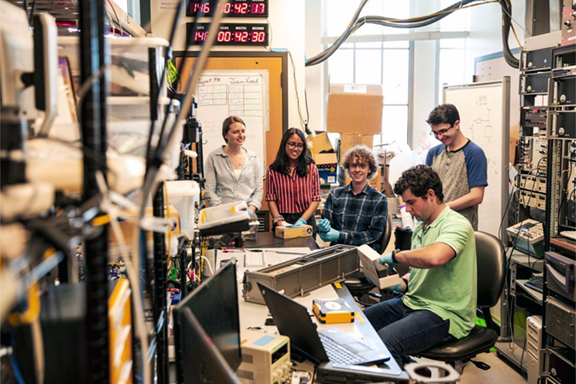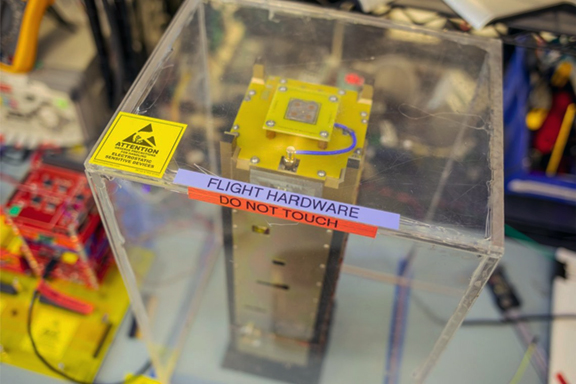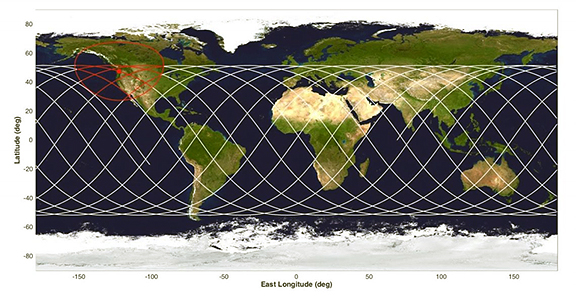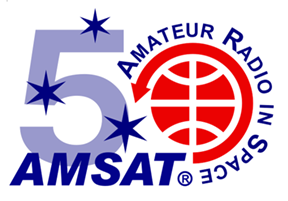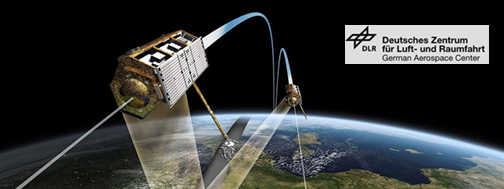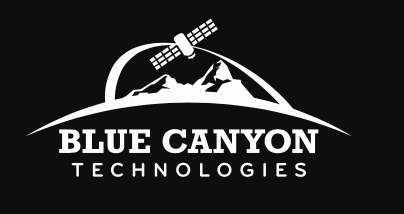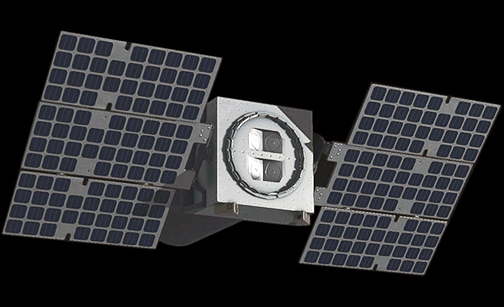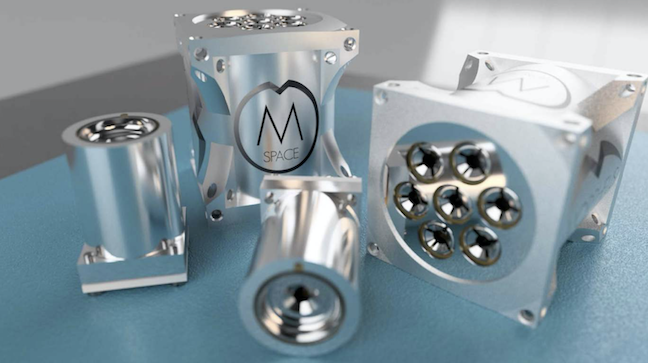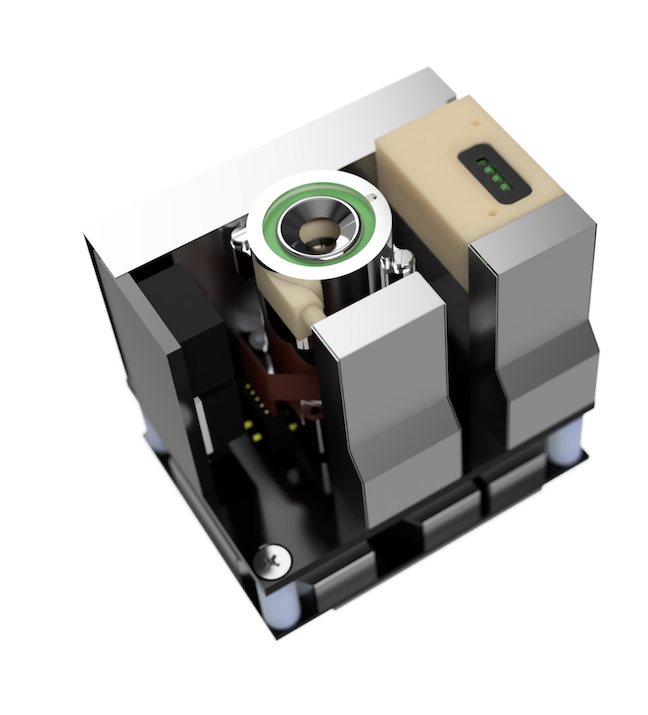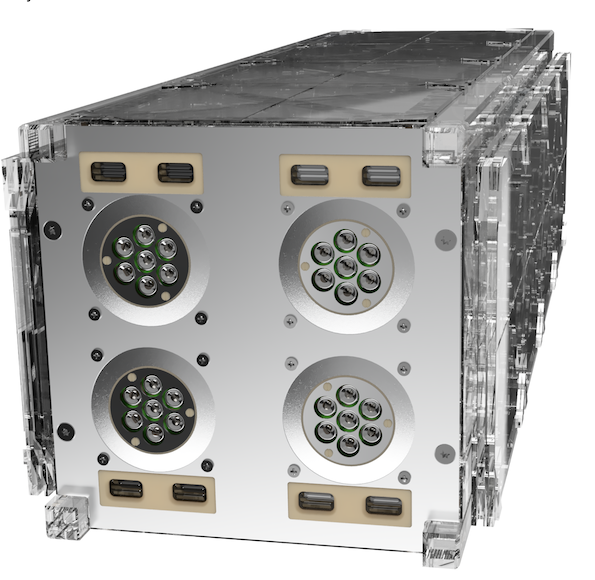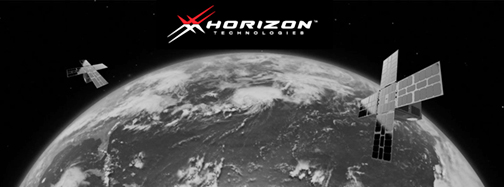
Allied Market Research has published a report entitled, “Small Satellite Market by Type (Minisatellite, Microsatellite, Nanosatellite, Pico-Satellites, and Femto Satellites), Application (Imaging and Earth Observations, Satellite Communications, Science & Explorations, Technology Development, and Space Situational Awareness), and End-User (Civil & Commercial and Government & Defense): Global Opportunity Analysis and Industry Forecast, 2019–2026.” As per the report, the global smallsat industry garnered $3.63 billion in 2018 and is estimated to reach $15.69 billion by 2026, growing at a CAGR of 20.1% from 2018 to 2026.

Surge in demand for high-resolution imaging services and technological advancements drive the growth of the global small satellite market. However, lack of dedicated smallsat launch vehicles hinders the market growth. On the other hand, high demand from emerging economies and increase in government investments create new opportunities in the industry.
Based on product type, the microsatellite segment accounted for the major share, contributing to more than one-third of the global small satellite market. This is due to companies operating large satellites are looking for lighter and cost-effective platforms. However, the nanosatellite segment is expected to register the highest CAGR of 20.7% from 2018 to 2026.The imaging and earth observation segment to dominate by 2026
Based on application, the imaging and Earth Observation (EO) segment held the highest share in terms of revenue in 2018, contributing to more than one-third of the total small satellite market. This is due to the significant increase in demand for small satellites in imaging application from the U.S., Russia, and China. However, the satellite communication segment would register the fastest growth rate, with a CAGR of 20.4% from 2018 to 2026.
Based on end-user, the civil and commercial segment held the highest share in terms of revenue in 2018, contributing to more than three-fifths of the total smallsat market. This is due to their low cost and lightweight. There has been an increased demand for these satellites in LAMEA, and Asia. Furthermore, this segment would register the fastest growth rate, with a CAGR of 20.2% from 2018 to 2026.
Based on region, Asia-Pacific is estimated to grow at the highest CAGR of 20.5% from 2018 to 2026, owing to the presence of countries such as China, India, and Japan. On the other hand, North America accounted for more than half of the total smallsat market in 2018. This is attributed to the presence of key players, the presence of all the companies of the value chain so less dependency on imports, and high demand for imaging and earth observation application.
Inquire more about this report @ www.alliedmarketresearch.com/purchase-enquiry/1951


